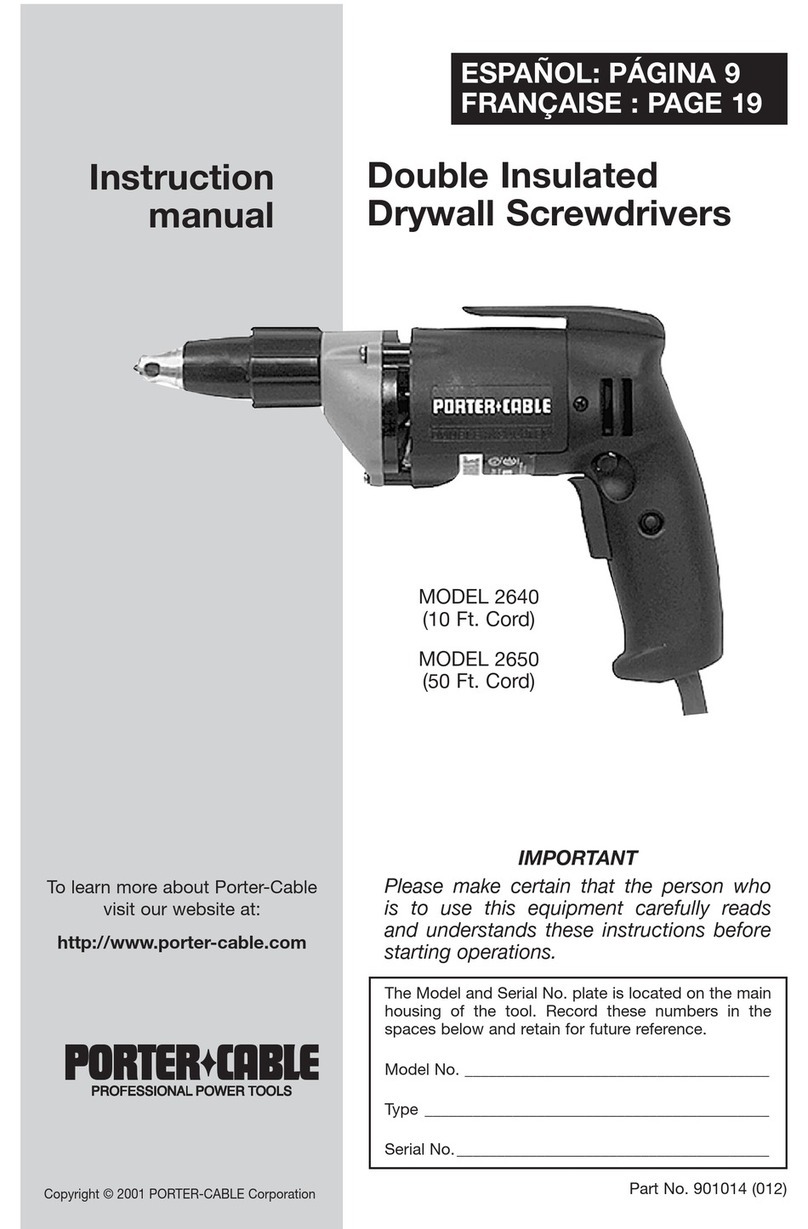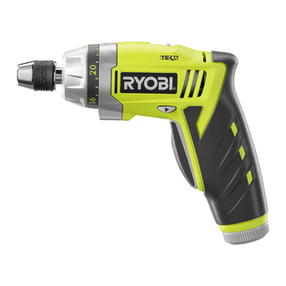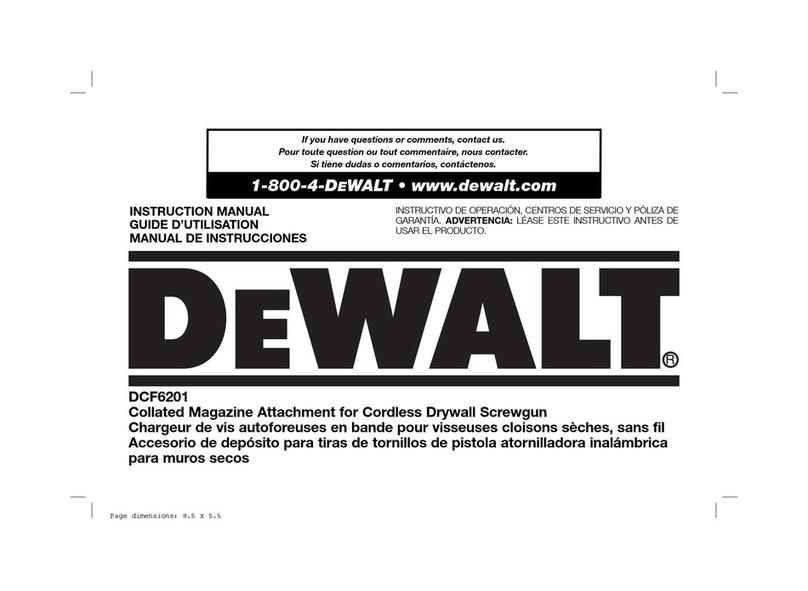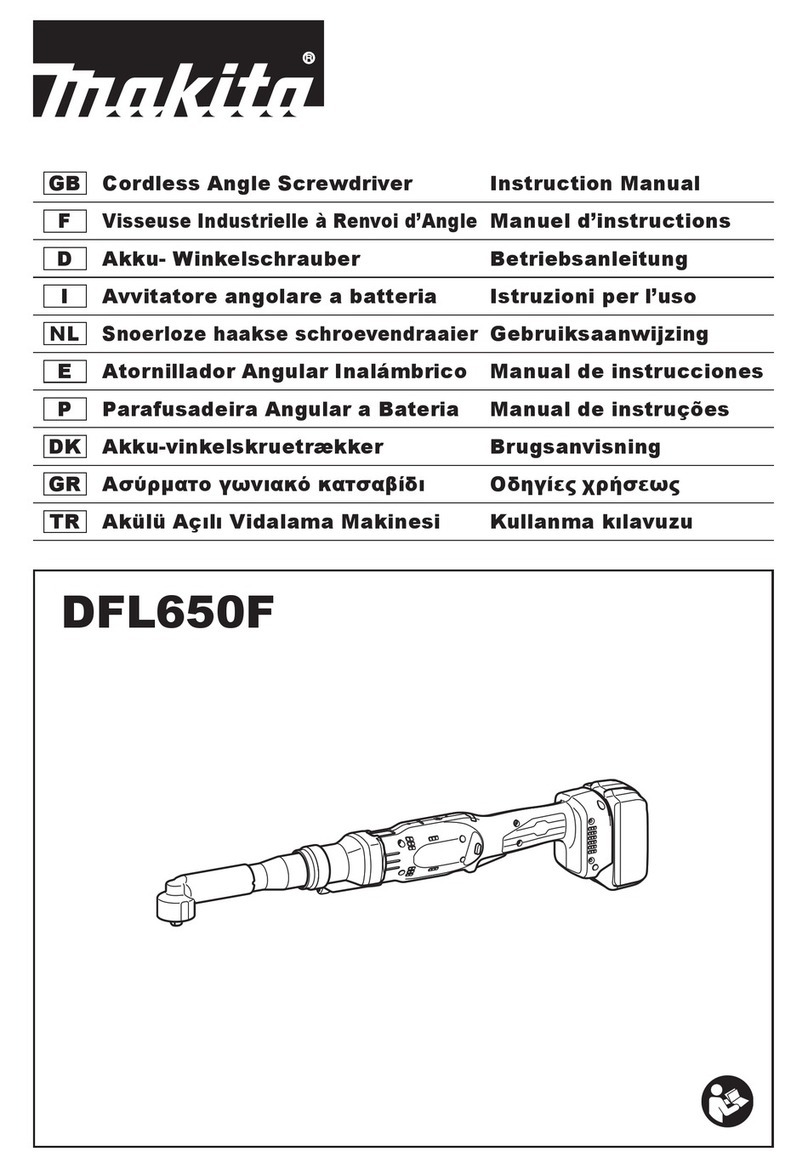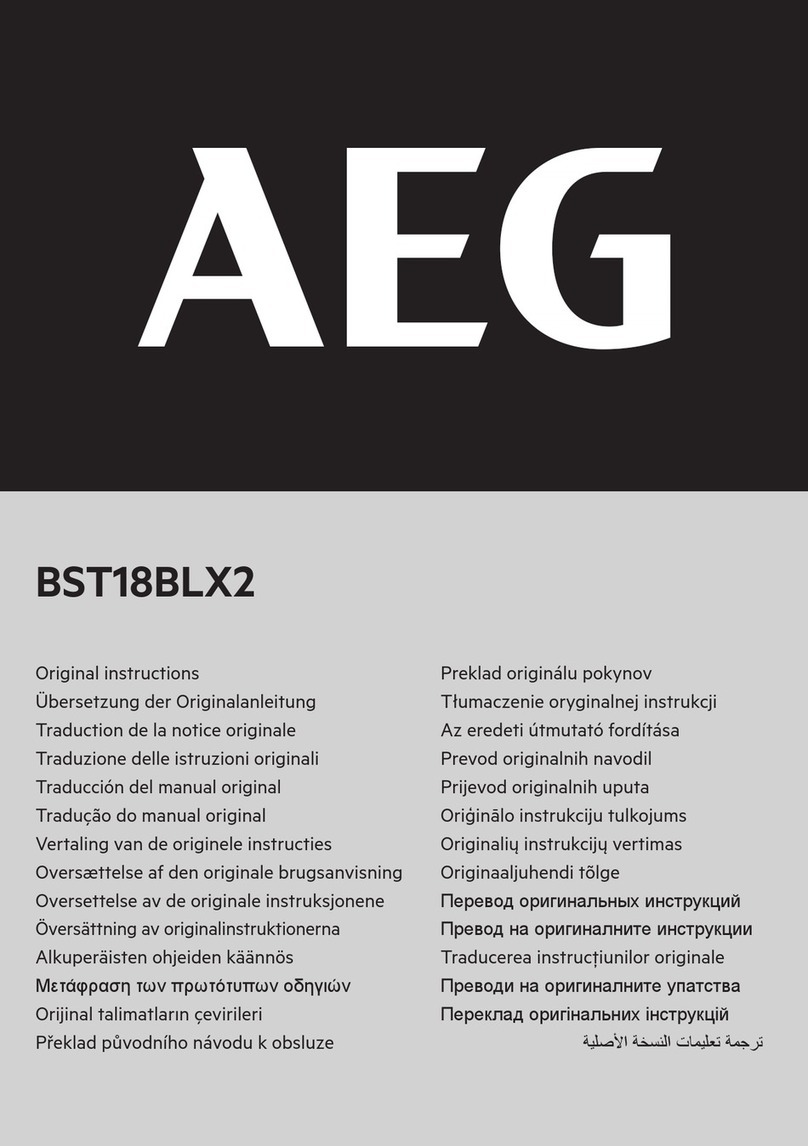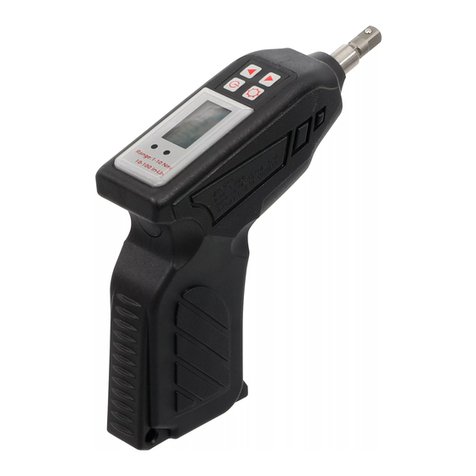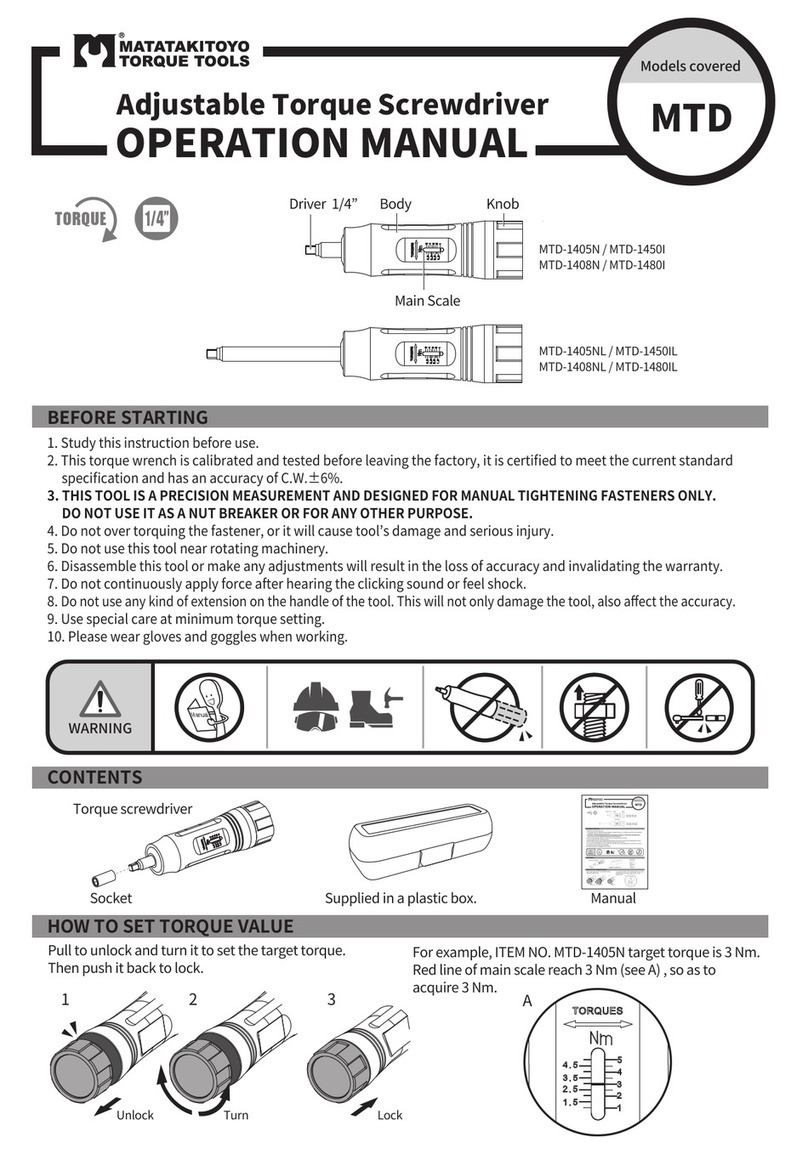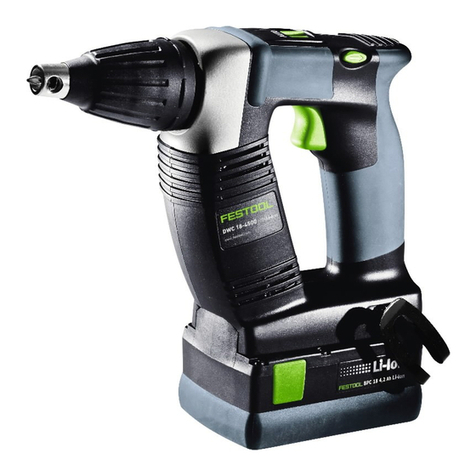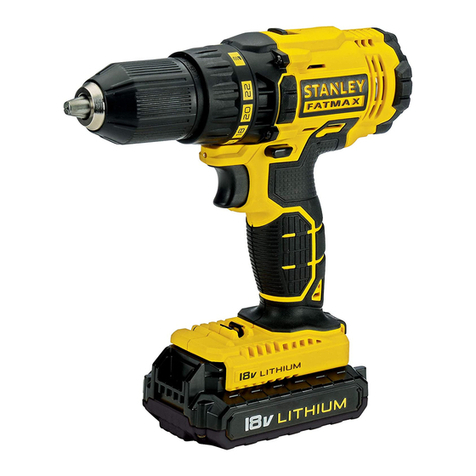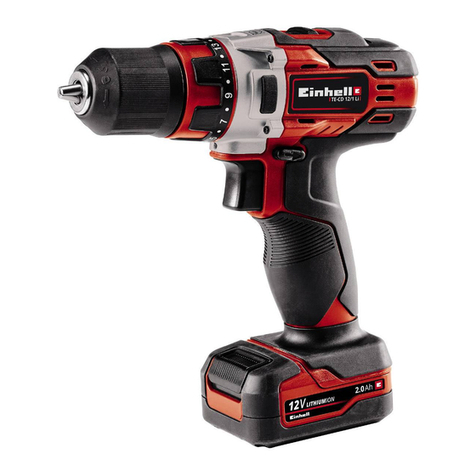Inadditiontothewarranty,PORTER-CABLEtoolsarecoveredbyour:
1 YEAR FREE SERVICE:PORTER-CABLEwillmaintainthetoolandreplacewornparts
caused by normal use, for free, any time during the first year after purchase.
90 DAY MONEY BACK GUARANTEE: If you are not completely satisfied with the
performanceofyourPORTER-CABLEPowerToolforanyreason,youcanreturnitwithin
90 days from the date of purchase with a receipt for a full refund – no questions asked.
LATIN AMERICA: This warranty does not apply to products sold in Latin America. For
products sold in Latin America, see country specific
warranty information contained in the packaging, call the local company or see website for
warranty information.
To register your tool for warranty service visit our website at www.portercable.com.
WARNING LABEL REPLACEMENT
Ifyourwarninglabelsbecomeillegibleoraremissing,call(888)848-5175forafreereplacement.
ThefollowingarePORTER-CABLEtrademarksforoneormorepowertoolsandaccessories:agray
and black color scheme; a “four point star” design; and three contrasting/outlined longitudinal stripes.
ThefollowingarealsotrademarksforoneormorePORTER-CABLEandDeltaproducts:2BY4®,
890™,AirAmerica®,AIRBOSS™,Auto-Set®,B.O.S.S.®,Bammer®,Biesemeyer®,BuildersSaw®,
ChargeAir®,ChargeAirPro®,CONTRACTORSUPERDUTY®,Contractor’sSaw®,Delta®,DELTA®,
DeltaIndustrial®,DELTAMACHINERY&DESIGN™,DeltaShopmasterandDesign®,DeltaX5®,
Deltacraft®,DELTAGRAM®,DoIt.FeelIt.®,DUALLASERLOCANDDESIGN®,EASYAIR®,EASY
AIRTOGO™,ENDURADIAMOND®,Ex-Cell®,FrontBevelLock®,GetYoursWhiletheSunShines®,
GriptoFit®,GRIPVAC™,GTF®,HICKORYWOODWORKING®,Homecraft®,HPFRAMERHIGH
PRESSURE®,IMPACTSERIES™,InnovationThatWorks®,Jet-Lock®,JobBoss®,Kickstand®,
LASERLOC®,LONG-LASTINGWORKLIFE®,MAXFORCE™,MAXLIFE®,Micro-Set®,Midi-Lathe®,
Monsoon®,MONSTER-CARBIDE™,Network®,OLDHAM®,Omnijig®,PCEDGE®,Performance
Crew™,PerformanceGear®,PocketCutter®,Porta-Band®,Porta-Plane®,PORTER-CABLE®,
PORTER-CABLEProfessionalPowerTools®,Powerback®,POZI-STOP™,PressureWave®,PRO
4000®,Proair®,QuicksandandDesign®,QuicksetII®,QUIETDRIVETECHNOLOGY™,QUIET
DRIVETECHNOLOGYANDDESIGN™,Quik-Change®,QUIK-TILT®,RAPID-RELEASE™,RAZOR®,
RedefiningPerformance®,Riptide®,SafeGuardII®,SandTrapandDesign®,SandingCenter®,Saw
Boss®,ShopBoss®,Sidekick®,SiteBoss®,Speed-Bloc®,Speedmatic®,StairEase®,SteelDriver
Series®,SUPERDUTY®,T4&DESIGN®,THEAMERICANWOODSHOP®,THEPROFESSIONAL
EDGE®,Thin-Line®,TigerSaw®,TIGERCLAW®,TIGERCLAWANDDESIGN®,Torq-Buster®,TRU-
MATCH®,T-Square®,Twinlaser®,Unifence®,Uniguard®,UNIRIP®,UNISAW®,UNITEDSTATES
SAW®,Veri-Set®,Versa-Feeder®,VIPER®,VT™,VTRAZOR™,WaterDriver®,WATERVROOM®,
Waveform®,WhisperSeries®,X5®,YOURACHIEVEMENT.OURTOOLS.®Trademarksnoted
with®areregisteredintheUnitedStatesPatentandTrademarkOfficeandmayalsoberegistered
inothercountries.Othertrademarksmayapply.Lesmarquesdecommercesuiviesdusymbole®
sont enregistrées auprès du United States Patent and Trademark Office et peuvent être enregistrées
dans d’autres pays. D’autres marques de commerce peuvent également être applicables. Las marcas
comercialesconelsímbolo®estánregistradasenlaOficinadepatentesymarcascomercialesde
Estados Unidos (United States Patent and Trademark Office), y también pueden estar registradas en
otros países. Posiblemente se apliquen otras marcas comerciales registradas.
4825 Highway 45
North Jackson, TN 38305
(888)848-5175
www.portercable.com
9
